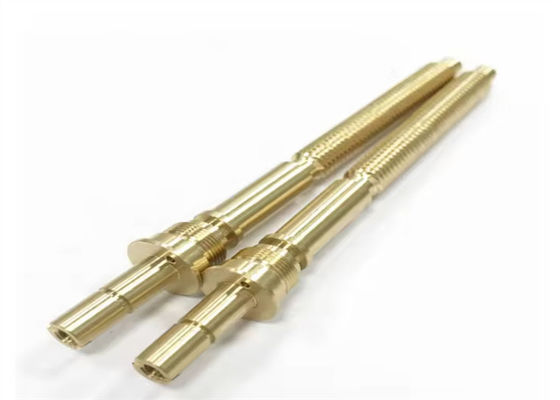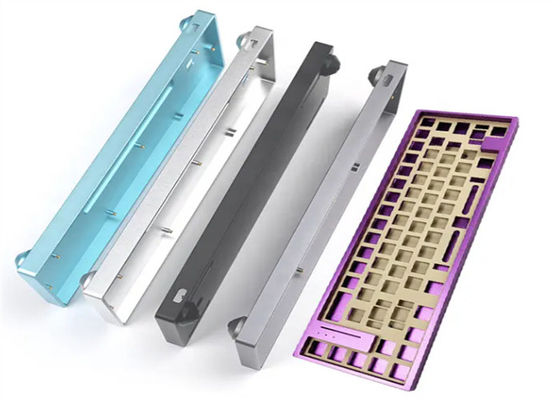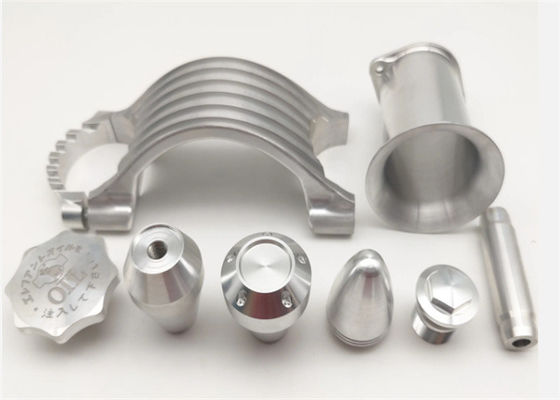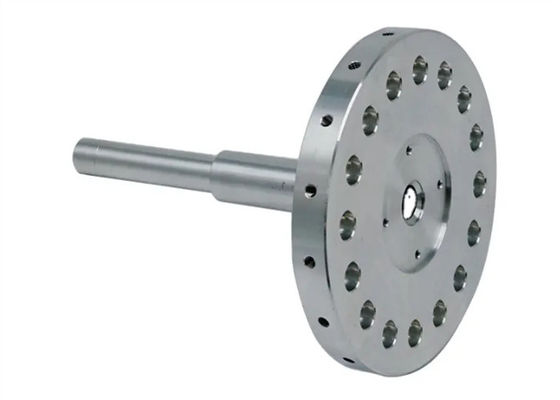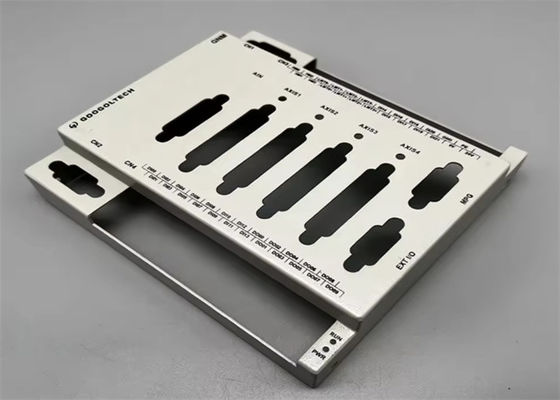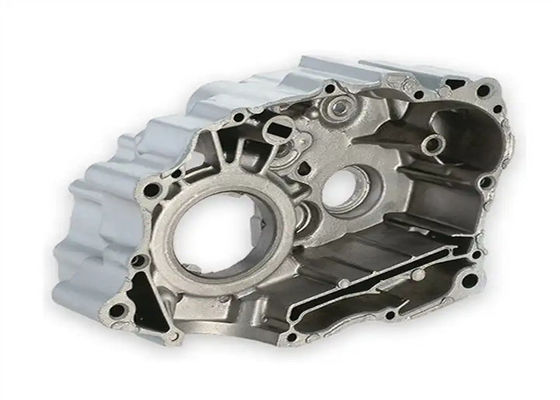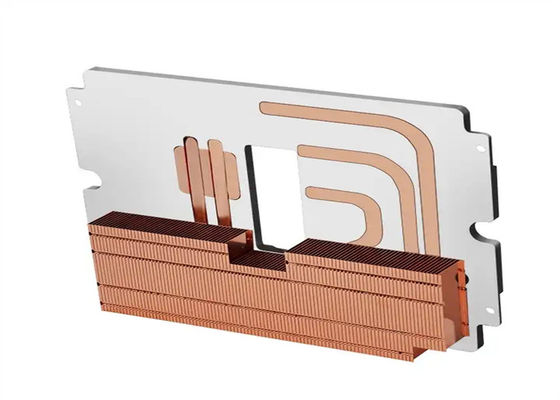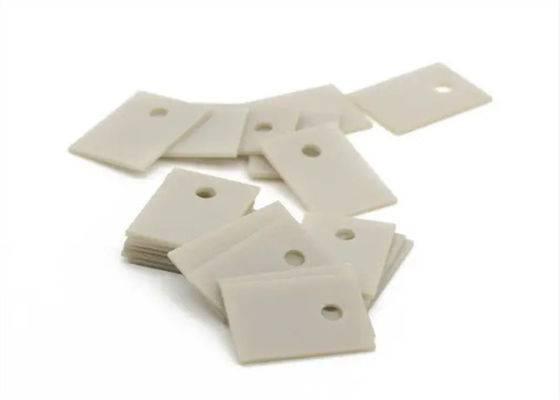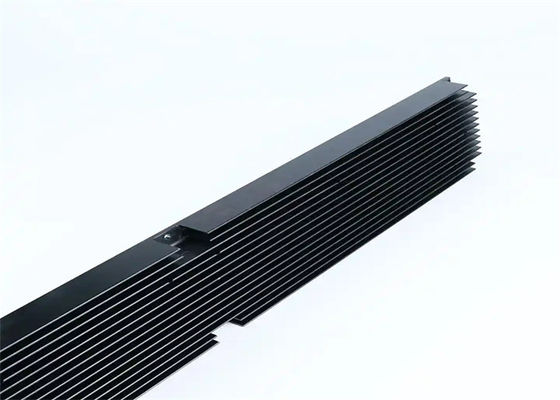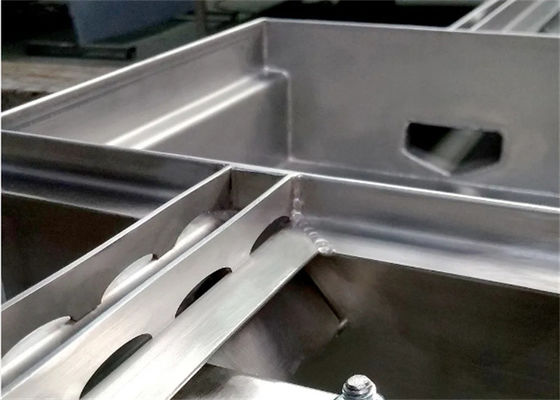Aluminum is a versatile material with properties that make it ideal for CNC machining. Aluminum has excellent machinability, welding and electroplating properties as well as good corrosion resistance. The metal is also characterized by a high strength-to-weight ratio and good temperature resistance. After machining, aluminum has a low risk of deformation or defects and is easy to polish and color.
Because of these properties, aluminum is a broadly used metal in many industries, including automotive, defense, aerospace, transportation, construction, packaging, electronics, consumer goods and more.
Surface Finishes for Your Choosing
Anodizing
Anodizing improves corrosion resistance, enhances wear resistance and hardness, and protects the metal surface. Widely used in mechanical parts, aircraft, and automobile parts, precision instruments, etc.
All materialsClear, black, grey, red, blue, gold.Smooth, matte finish.
Bead Blasting
Bead blasting results in parts with a smooth surface with a matte texture. Used mainly for visual applications and can be followed by other surface treatments.
ABS, Aluminum, Brass, Stainless Steel, Steel
Powder CoatingPowder coating is a type of coating that is applied as a free-flowing, dry powder. Unlike conventional liquid paint which is delivered via an evaporating solvent, powder coating is typically applied electrostatically and then cured under heat or with ultraviolet light.Aluminum
Black, any RAL code or Pantone number
ElectroplatingElectroplated coating preserves the surface of parts and resists rusts and other defects from causing decay by applying electric currents to reduce metal cations.
Aluminum, steel, stainless steel
Polishing
Ranging from Ra 0.8~Ra0.1, polishing processes use an abrasive material to rub the part’s surface to make the shine more less shiny, depending on your requirements.
Brushing
Brushing is a surface treatment process in which abrasive belts are used to draw traces on the surface of a material, usually for aesthetic purposes.
ABS, Aluminum, Brass, Stainless Steel, Steel
Painting
Painting involves spraying a layer of paint onto the surface of the part. Colors can be matched to a Pantone color number of the customer’s choosing, while finishes range from matte to gloss to metallic.
Aluminum, Stainless Steel, Steel
Gloss, semi-gloss, flat, metallic, textured

 Your message must be between 20-3,000 characters!
Your message must be between 20-3,000 characters! Please check your E-mail!
Please check your E-mail!  Your message must be between 20-3,000 characters!
Your message must be between 20-3,000 characters! Please check your E-mail!
Please check your E-mail! 
